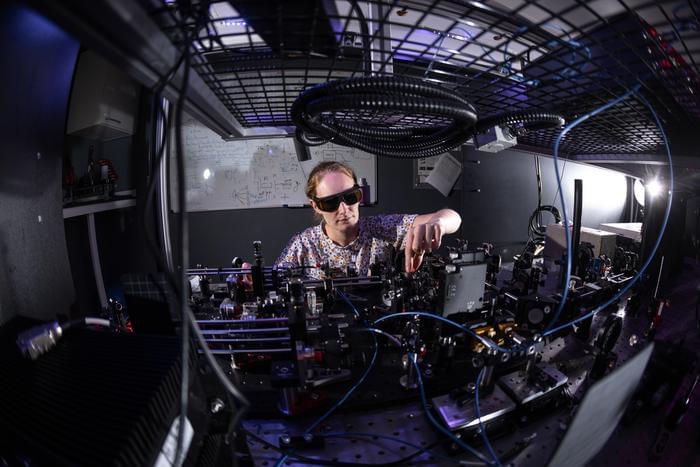“Interfacing two key devices together is a crucial step forward in allowing quantum networking, and we are really excited to be the first team to have been able to demonstrate this,” said Dr. Sarah Thomas.
How close are we to making quantum computing a reality? This is what a recent study published in Science Advances hopes to address as an international team of researchers discuss recent progress in how quantum information is both stored and then transmitted over long distances using a quantum memory device, which scientists have attempted to develop for some time. This study holds the potential to help scientists better understand the processes responsible for not only making quantum computing a reality, but also enabling it to work as seamlessly as possible.
While traditional telecommunications technology uses “repeaters” to prevent the loss of information over long distances, quantum computing cannot use such technology since it will destroy quantum information along the way. While quantum computing uses photons (particles of light) to send information, storing the information using a quantum memory device for further dissemination has eluded researchers for some time. Therefore, to combat the problem of sending quantum information over long distances, two devices are required: the first will send the quantum information while the second will store them for later dissemination.
It is the linking of these two devices that this recent study addresses, as the team of more than a dozen researchers successfully connected these two devices using optical fibers to send the data, which is being hailed as a first step in developing quantum systems. This breakthrough was accomplished with the collaboration of several European universities involving the creation of a quantum dot light source and integrating it with the quantum memory device.
